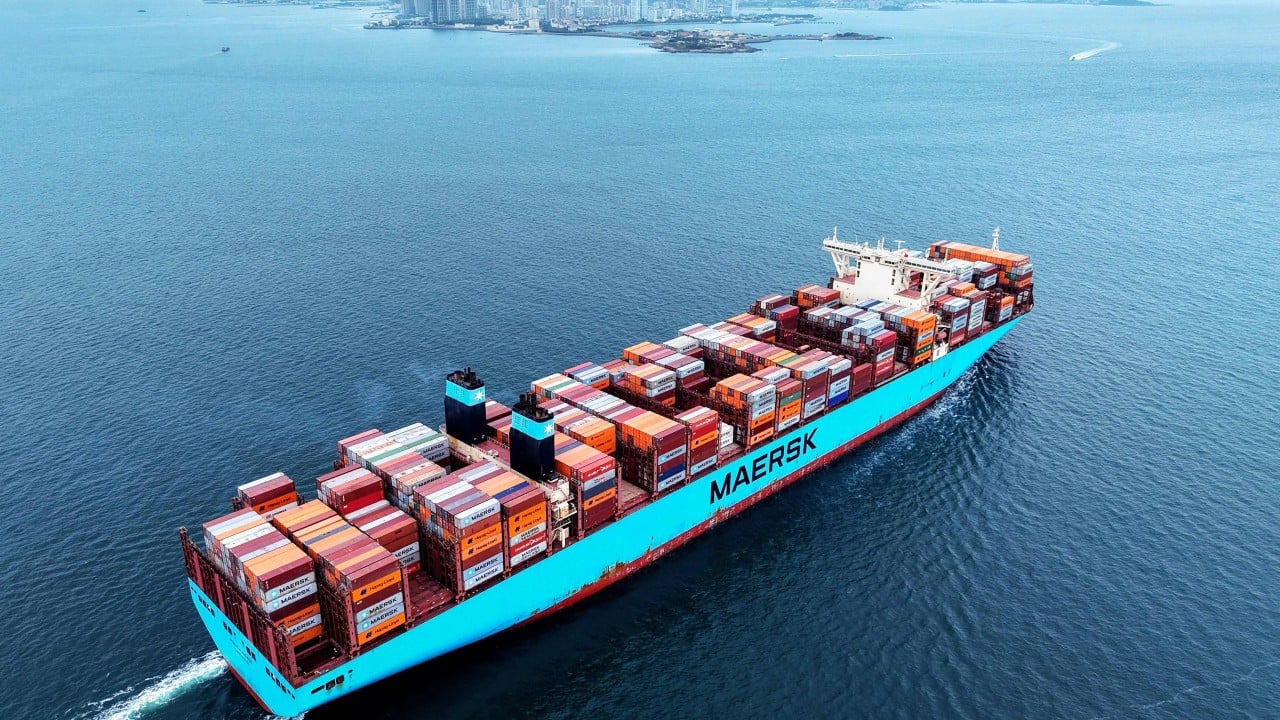
Industry specialists have actually alerted that a possible United States port cost policy targeting Chinese-linked vessels could backfire, damaging the United States economy and significantly disrupting international shipping.According to a proposition by the United States Trade Representative (USTR), the policy would enforce service charge on 3 classifications of maritime operators: those based in China, those with fleets mostly composed of Chinese-built vessels, and those with pending orders for Chinese ships within the next 24 months.Chinese maritime transport operators will be charged at a rate of as much as $1 million per entrance of any vessel to a United States port on worldwide maritime transport, maritime transport operators with fleets comprised of Chinese-built vessels will be charged from $500,000 to $1.5 million, and maritime transport operators which have potential orders for Chinese vessels in the next 24 months will be charged from $500,000 to $1 million.The three-layered charge policy not just covers Chinese-built ships in service and shipbuilding orders for the next 24 months, however likewise applies to any vessel in a fleet with a Chinese-built ship, despite whether the particular vessel making the port call was built in China.To prevent the costs in the present proposal, vessel operators should be based beyond China, have fleets with fewer than 25 percent of ships built in China, and have no Chinese shipyard orders or shipments set up within the next two years.
Provided Chinas dominant share in international shipbuilding, those conditions appear unrealistic for the majority of global operators.Numbers talkChina last year led the world in contracting, order book and delivery of vessels, three significant indications in worldwide shipbuilding, according to information released by the Ministry of Industry and Information Technology.Chinese shipbuilders finished construction of 55.7 percent of international orders in 2024, got 74.1 percent of new orders and accounted for 63.1 percent of the worlds hand-held vessel orders, representing year-on-year development of 13.8 percent, 58.8 percent and 49.7 percent respectively.China now produces more than half of the worlds freight ships by tonnage, up from just 5 percent in 1999, followed by Japan and South Korea, USTR figures revealed.
Last year, United States shipyards developed simply 0.01 percent of the total.The USTR proposal also seeks to move domestic exports to ships that are both flagged and integrated in the United States.
The current fleet of United States -flagged cargo vessels numbers less than 200, and not all are United States built.Very couple of maritime operators will be able to document that their annual share of United States exports meets the required 20 percent brought on United States developed, United States flagged vessels, according to shipping association Bimco.Imran Khalid, geostrategic analyst and writer on worldwide affairs, informed the South China Morning Post that the Trump administrations romantic vision of reviving American shipbuilding ignores basic economic truths.
Rebuilding a competitive business shipbuilding industry needs years and tens of billions of dollars in continual subsidies to approach anything looking like Chinese economies of scale, Khalid said.Devastation The proposal is up for consultation and conversation and has already drawn criticism from many business and service sectors, including the United States maritime industry and farming manufacturers.
It has sent out a shockwave through the domestic maritime industry.
National interest will not be served if the effort to improve American shipbuilding inadvertently destroys American-owned carriers, Edward Gonzalez, CEO of Florida-based Seaboard Marine, the biggest United States -owned worldwide ocean cargo provider, informed Reuters.Like many United States operators, Seaboard depends on vessels made in China.
It has 16 China-built ships in its fleet of 24 vessels, according to maritime data company Alphaliner.United States vessel operators stated the charges on Chinese-linked vessels likewise would push more United States freight to foreign-owned ocean shipping business that have resources to much better weather the change.The maritime industry in the United States is not alone.
The agriculture industry, which is already getting pounded by the Trump administrations current tariffs, is likewise anticipated to suffer.United States Census Bureau Trade data revealed that the nation exported more than $64 billion wholesale crops, bulk animal feed and vegetable soils in 2024.
With the prospective port fees, bulk agricultural exporters could deal with an extra $372 million to $930 million in annual transport expenses from the charges, according to the American Farm Bureau Federation.Beyond the United States , shipping firms worldwide will likewise be hit by the possible costs.
The World Shipping Council estimates the possible United States fees could include $600-800 per shipping container & doubling the spot rates on some crucial trade routes.Major shipping lines like MSC, Maersk and CMA CGM & whose fleets consist of 20 to 41 percent Chinese-built vessels & are preparing functional modifications to reduce the financial impact.MSC CEO Soren Toft alerts the proposed costs could cost the industry $20 billion, requiring providers to either abandon smaller United States ports or enforce huge surcharges.(With input from agencies)

 17
17



















